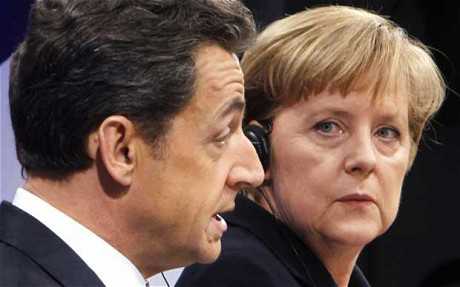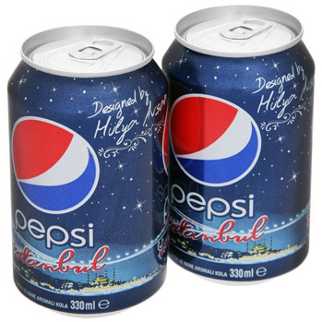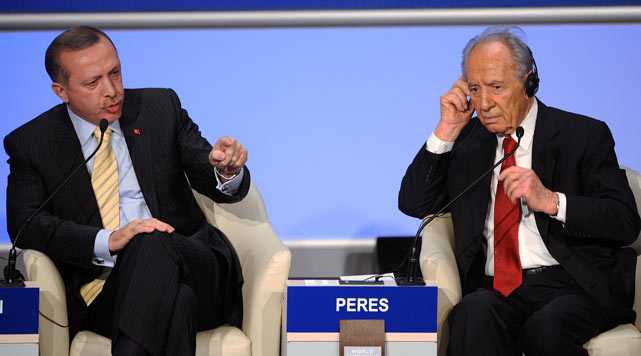German Chancellor Angela Merkel no longer has enough coalition votes in the Bundestag to secure backing for Europe’s revamped rescue machinery, threatening a consitutional crisis in Germany and a fresh eruption of the euro debt saga.

By Ambrose Evans-Pritchard
Mrs Merkel has cancelled a high-profile trip to Russia on September 7, the crucial day when the package goes to the Bundestag and the country’s constitutional court rules on the legality of the EU’s bail-out machinery.
If the court rules that the €440bn rescue fund (EFSF) breaches Treaty law or undermines German fiscal sovereignty, it risks setting off an instant brushfire across monetary union.
The seething discontent in Germany over Europe’s debt crisis has spread to all the key institutions of the state. “Hysteria is sweeping Germany ” said Klaus Regling, the EFSF’s director.
German media reported that the latest tally of votes in the Bundestag shows that 23 members from Mrs Merkel’s own coalition plan to vote against the package, including twelve of the 44 members of Bavaria’s Social Christians (CSU). This may force the Chancellor to rely on opposition votes, risking a government collapse.
Christian Wulff, Germany’s president, stunned the country last week by accusing the European Central Bank of going “far beyond its mandate” with mass purchases of Spanish and Italian debt, and warning that the Europe’s headlong rush towards fiscal union stikes at the “very core” of democracy. “Decisions have to be made in parliament in a liberal democracy. That is where legitimacy lies,” he said.
A day earlier the Bundesbank had fired its own volley, condemning the ECB’s bond purchases and warning the EU is drifting towards debt union without “democratic legitimacy” or treaty backing.
Joahannes Singhammer, leader of the CSU’s Bundestag group, accused the ECB of acting “dangerously” by jumping the gun before parliaments had voted. The ECB is implicitly acting on behalf of the rescue fund until it is ratified.
A CSU document to be released on Monday flatly rebuts the latest accord between Chancellor Merkel and French president Nicholas Sarkozy, saying plans for an “economic government for eurozone states” are unacceptable. It demands treaty changes to let EMU states go bankrupt, and to eject them from the euro altogether for serial abuses.
“An unlimited transfer union and pooling of debts for any length of time would imply a shared financial government and decisively change the character of a European confederation of states,” said the draft, obtained by Der Spiegel.
Mrs Merkel faces mutiny even within her own Christian Democrat (CDU) family. Wolfgang Bossbach, the spokesman for internal affairs, said he would oppose the package. “I can’t vote against my own conviction,” he said.
The Bundestag is expected to decide late next month on the package, which empowers the EFSF to buy bonds pre-emptively and recapitalize banks. While the bill is likely to pass, the furious debate leaves no doubt that Germany will resist moves to boost the EFSF’s firepower yet further. Most City banks say the fund needs €2 trillion to stop the crisis engulfing Spain and Italy.
Mrs Merkel’s aides say she is facing “war on every front”. The next month will decide her future, Germany’s destiny, and the fate of monetary union.
www.telegraph.co.uk, 28 Aug 2011





